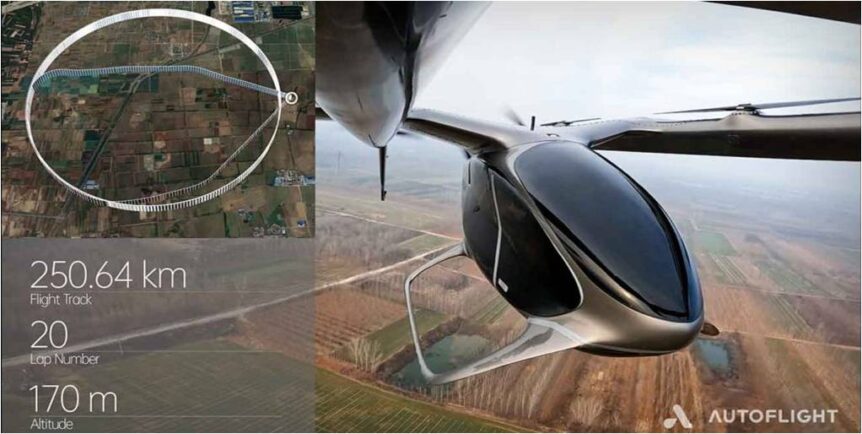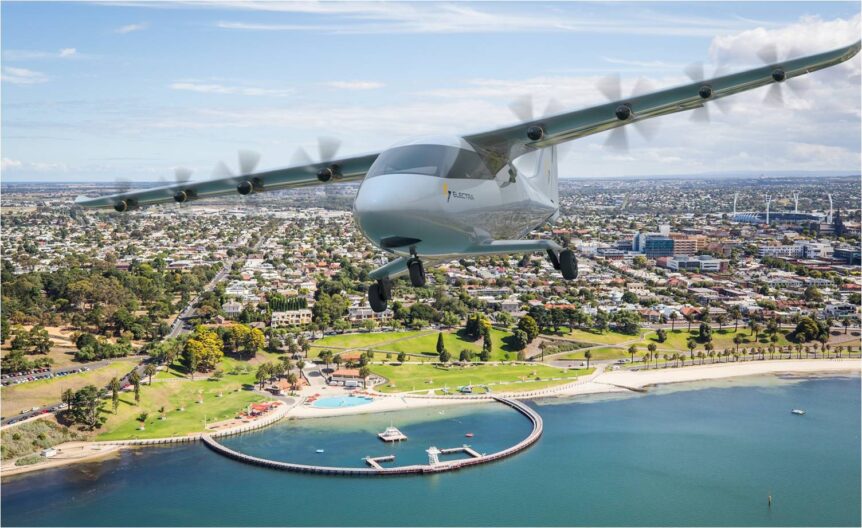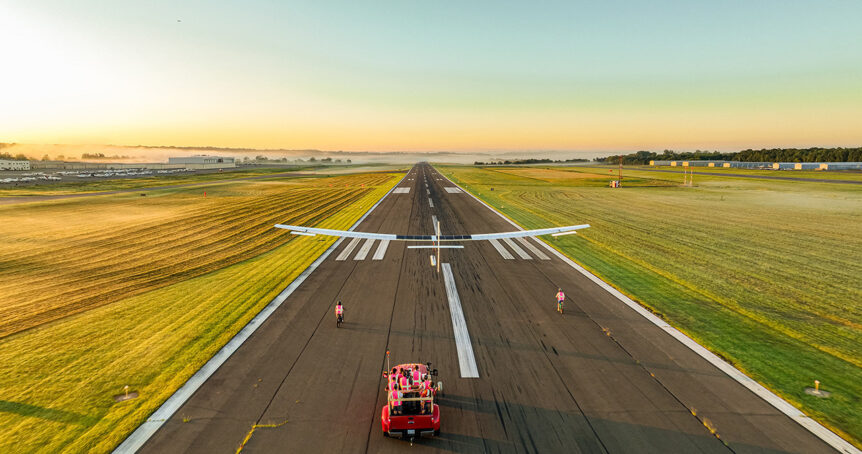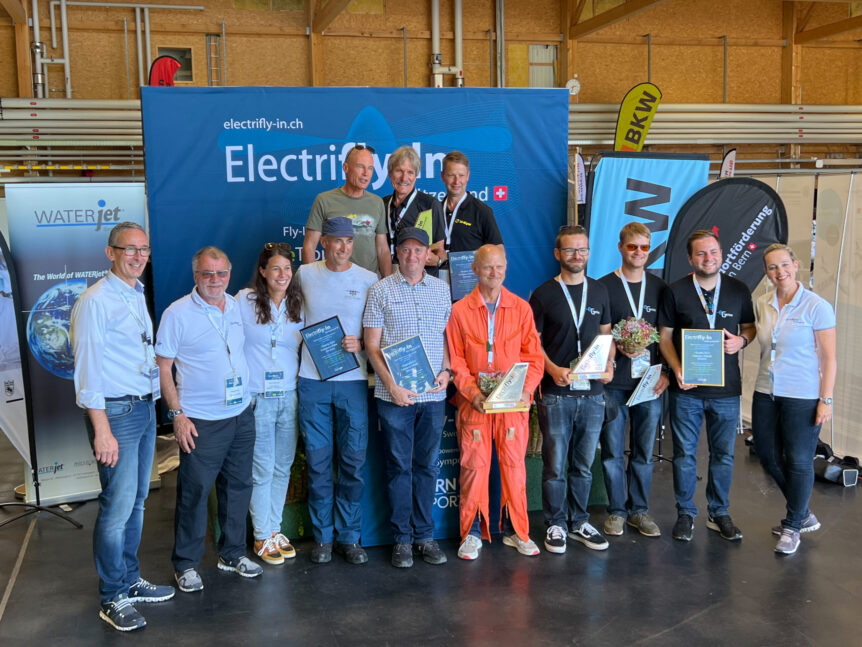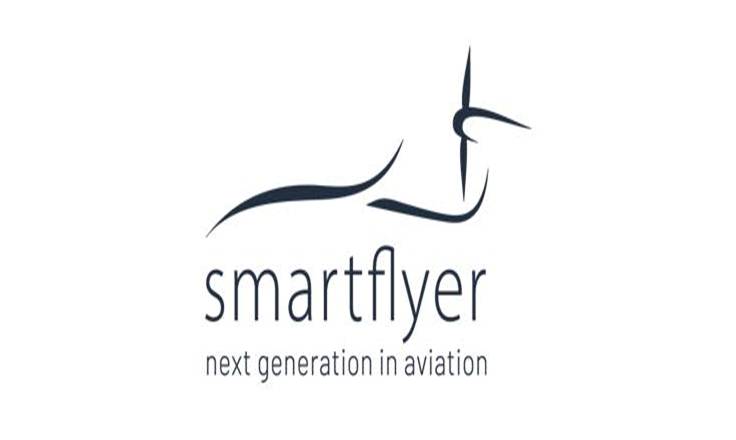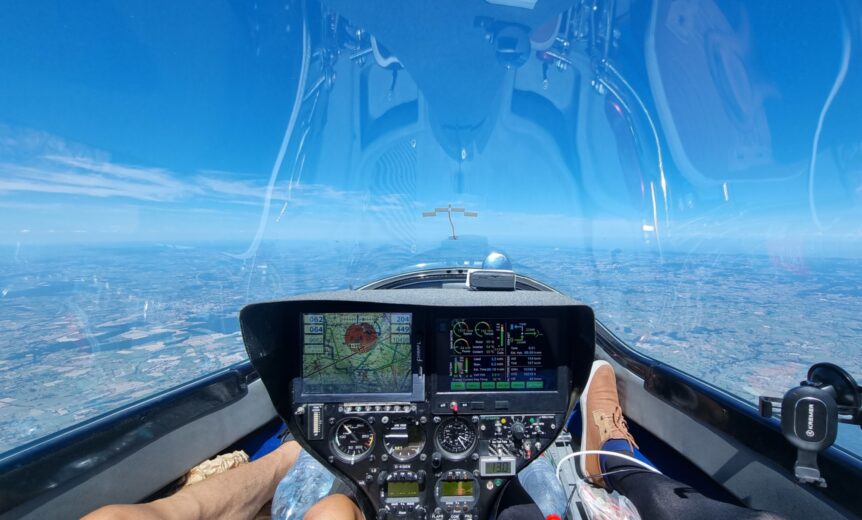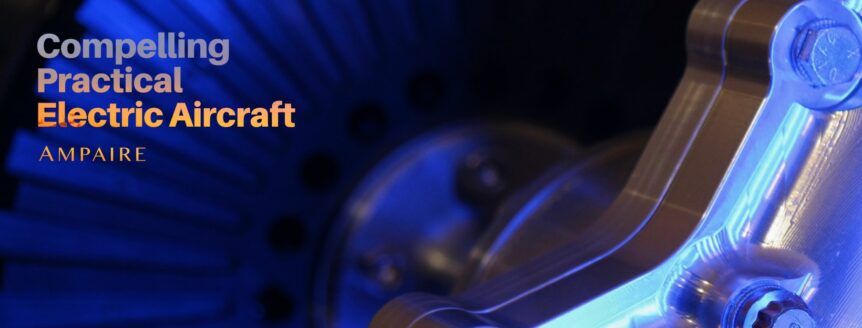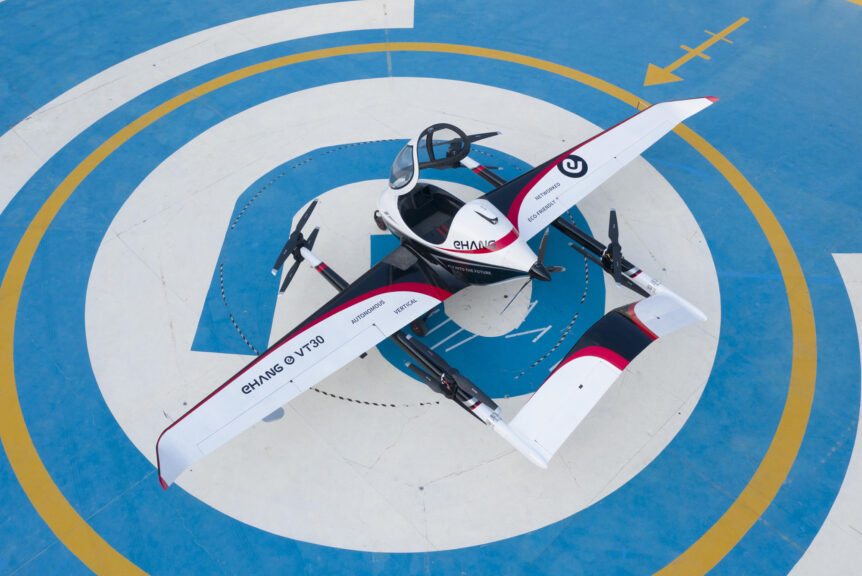Heart Aerospace, a Swedish startup, has teamed with BAE Systems, a veteran British aerospace supplier, to help with powering its 30-seat, battery-powered airliner. The four-motor craft will include a very large battery pack under the passenger compartment. The need for safety should be obvious. Adding eleven seats to its original 19-seat platform, Heart also brings a turbo generator on board, enabling flights up to 400 kilometers (250 miles) with 30 passengers, or even 800 kilometers (500 miles) with 25. These figures include normal airline range reserves. Partners include BAE Systems, Swedish aerospace group Saab, avionics supplier Garmin, and Aernnova, a Spanish airframe specialist. BAE’s UK-based group’s Controls and Avionics Solutions operation in upstate New York will oversee the batteries and their control and monitoring. This fits BAE’s expertise, with more than 25 years of experience electrifying large, heavy-duty industrial vehicles with over 15,000 power and propulsion systems in service worldwide. This will be critical considering the placement of the batteries. …
Nudging, Then Doubling an Electric Distance Record
Suddenly, we’re seeing new electric aircraft nudging, then doubling an electric distance record. First, Autoflight in China and then Beta in America achieve higher ranges than that previously achieved by Joby. Jules Verne Saw It Coming In two late 19th-century novels, Robur the Conqueror and Master of the World, Jules Verne chronicled the fictional adventurers of a mad inventor who thought he could dissuade world leaders from practicing war by bombing them from his Albatross flying warship. A great deal like Captain Nemo of Nautilus fame, Robur uses violence to stop violence. Both protagonists fail in their efforts. The Albatross, mistaken as its objectives were, is perhaps an inspiration for today’s eVTOLs, propellers spinning for lift and for forward motion. Verne even prophesied fueling the Albatross with water, perhaps an early vision of today’s water-splitting to produce green hydrogen. Autoflight With far fewer rotors and propellers, Autoflight achieved a successful transition flight from vertical liftoff to forward flight. This delicate …
Following the Money to Green Flight
The path to green flight is paved with money. In our transactional world, good ideas are sometimes rewarded with filthy lucre, even if those ideas are intended to clean up a besmirched world. Several examples of clean aviation attracting solid investments follow, along with some stumbling on unexpected obstacles. Jetson ONE For a flying machine lighter than most of its prospective pilots, the Jetson ONE has attracted a host of followers, including the host of a late-night chat show. Besides receiving 3,000 purchase requests in two months the firm has sold its initial production runs for 2022 and 2023. At $92,000 a unit, 100 craft in the first year would net $9.2 million, enough to finance the simple assembly and fabrication of the machines. A $22,000 deposit would discourage idle gawkers, although Internet views exceed 14 million. Keeping it simple allows reasonable progress to the next level. Opener Blackfly Opener claims over 36,000 flight hours in 5,000 operations for …
Electra Flies Dawn One, Solar Powered Climate Observatory
Dawn One is a solar-powered climate observatory, one of many to come and an outgrowth of a long career for John Langford, Electra Aero’s CEO, and collaborator with Professor James G. Anderson of Harvard University. A seeming callback to John Langford’s human-powered aircraft from his MIT days, Dawn One is a 90-foot span unmanned aircraft system (UAS) destined to fly at stratospheric altitudes (49.000 feet maximum) while observing data for quantitative forecasts of risks in the climate. We see its first flight from the Manassas Regional Airport in Virginia on September 9. The assistants in hot pink and orange vests are Hokies, part of Virginia Tech University, and whose name is explained in a lengthy Wikipedia entry. The “solar-battery hybrid electric research aircraft” is part of the Stratospheric Airborne Climate Observatory System (SACOS) program. The program will consist of “an ensemble of solar powered aircraft operating for months in the stratosphere,” each “ each “focused on critical climate observing missions …
Electrifly-In Bern 2022 – The Year of the Hybrid
Electrifly-In Bern 2022 is a new location after five years at Grenchen, Switzerland. The Electrifly-In moved about 25 miles down the road to Bern’s bigger airport. Started by the designers of the SmartFlyer, an innovative hybrid touring craft, the event was originally called the SmartFlyer Challenge. Organizers have the serious intent of saving aviation from the “shame” that has come to accompany flight itself. “Aviation is pilloried by the public. Flying is seen as the main problem of the climate catastrophe and everyone who books a flight should have a guilty conscience and is labeled as a climate sinner. The social and political pressure to phase out combustion technology is steadily increasing worldwide. So the question is no longer if, but when electrically powered aircraft will become the norm.” This year, the fly-in offered the public several defenses against sin and shame. Beginning with the original namesake, the Smartflyer SFX1 was on display in the hangar, its carbon-fiber blackness showing …
Smartflyer Moves, Along with Former Namesake Fly-in
Smartflyer is a four-passenger, proof-of-concept light aircraft that can fly on pure electric power, as a hybrid with an av-gas powered generator, or as a hydrogen-fuel-cell-driven airplane. It’s been under development for several years, but is moving production to Stelzach – just nearby. Likewise, the Smartflyer Challenge, an electric aircraft fly-in, is moving from Smartflyer’s Grenchen, Switzerland home to Bern, a much larger field about 20 miles south. The Smartflyer SFX1 Electric-Flight.eu reports, “The fuselage of the Smartflyer SFX1 is slowly taking shape.” Company founder Rolf Stuber OK’d production of the first carbon fiber reinforced plastic (CFRP) fuselage at Aerolite near Lucerne. In a rented hall of 500 square meters (5,382 square feet), the “ready-to-install” drivetrain, consisting of a well-tested Rotax 914 engine coupled to a YASA generator, workers will assemble the major components. The SFX1, due to fly next year, has the following specifications: Cruise Speed: 120 knots / 222 km/h (138 mph) Take off Power: 160 kilowatts (214.5 …
Klaus Ohlmann, Jonas Lay and eGenius go 2003 kilometers
Klaus Ohlmann and Jonas Lay in the one-and-only eGenius just completed a 2,003 kilometer (1,244 mile) trip from Germany to the Atlantic Ocean on the southern tip of France and return. The numbers are spectacular. The flight averaged 190.36 kilometers per hour (118.28 mph) and its hybrid power system consumed a mere 81 liters of fuel. That works out to 24.72 kilometers per liter or 58.15 mpg. Even a Prius at that speed would guzzle gasoline. Hybridizing eGenius eGenius was to have originally been HydroGenius, flying on gaseous hydrogen. Starting design in 2006 and as presented at the 2009 Electric Aircraft Symposium, HydroGenius was designed by Rudolf Voit-Nitschman, Len Schumann, and Steffen Geinitz of the IFB, Institute of Aircraft Design at the University of Stuttgart. Because Mercedes-Benz did not have their fuel cell available, the designers turned to pure battery power and the airplane became eGenius. The craft won second place in the NASA Green Flight Challenge sponsored by Google …
Two Electric Ways to Oshkosh
Two very different electric aircraft found their ways to AirVenture 2022 in Oshkosh, Wisconsin last week. By eGull from West Virginia 72-year-old Jean Preckel of Bruceton Mills, West Virginia flew her home-built Beierle eGull from her home town to the Experimental Aircraft Association gathering accompanied in a chase car driven by Mark Beierle himself. She is a craftswoman of note, having built fine-arts level models of boats from 1983 until she retired a few years ago. In 2019, she built and launched a lovely row boat, which displayed her great workmanship and rowing ability. The regional TimesLeader online news outlet reported that having, “…biked biked across the country, along the Appalachian Trail, traveled across Europe working odd jobs, [she] was looking for something new. She eventually came across electric planes.” This led her to Mark Beierle, who fields a unique builder assistance program. Mark probably supplied builder assistance to Jean, and acted as her ground crew on their epic trip …
Lift + Cruise Transitions for eVTOLs
A New Mission Some formerly rotor-only eVTOLs are transitioning to a new configuration – one with wings for greater range and speed. Vertical takeoffs and landings are OK for short-range Urban Air Mobility (UAM), but not necessarily good for longer range flight. Hovering flight requires thrust equal to the weight of the vehicle, and climbing requires additional thrust. Switching to wing-borne flight reduces the power necessary and increases flight duration. Some trends in housing and commutes indicate longer, regional flights may be necessary to fetch workers from ever more far-flung homes. Purely rotor-borne flight will still be viable for short trips with batteries, but wings add speed and endurance. VoloConnect Volocopter, having started with a simple multi-rotor prototype 10 years ago, now offers VoloCity, an 18-rotor eVTOL (electric Vertical Take Off and Landing) craft soon to start service in Singapore, Since the island nation is only 283 square miles, about 3.5 times the size of Washington, D. C, that makes …
Electra.Aero Acquires Airflow
Too Similar Not to Have Joined Forces The PRNewswire.com press release lauds the acquisition of Airflow.aero by Electra.aero: “Hybrid-Electric Blown-Lift eSTOL Plane Developer Electra Acquires Airflow to Create a Leader in Advanced Air Mobility.” The two companies have been developing similar multi-motor, blown-lift aircraft for the past few years. Electra’s has eight motors distributed across its wingspan, Airflow’s has 10. They both use large multi-element flaps to divert propeller thrust downwards, enabling extremely short takeoffs and landings. A Great Idea, but Better with Electric Power This is not a new concept, having been demonstrated in the 1960s by French manufacturer Breguet and American McDonnell. The 188 was a demonstrator that didn’t pick up any orders in either country. The narrator explains propeller control was a mechanical-hydraulic process and no electronics were involved. The complex system might have been a maintenance challenge airlines were unwilling to take on. Electra.aero’s hybrid-electric approach might be the answer to simpler, reliable propulsion, essential for …


